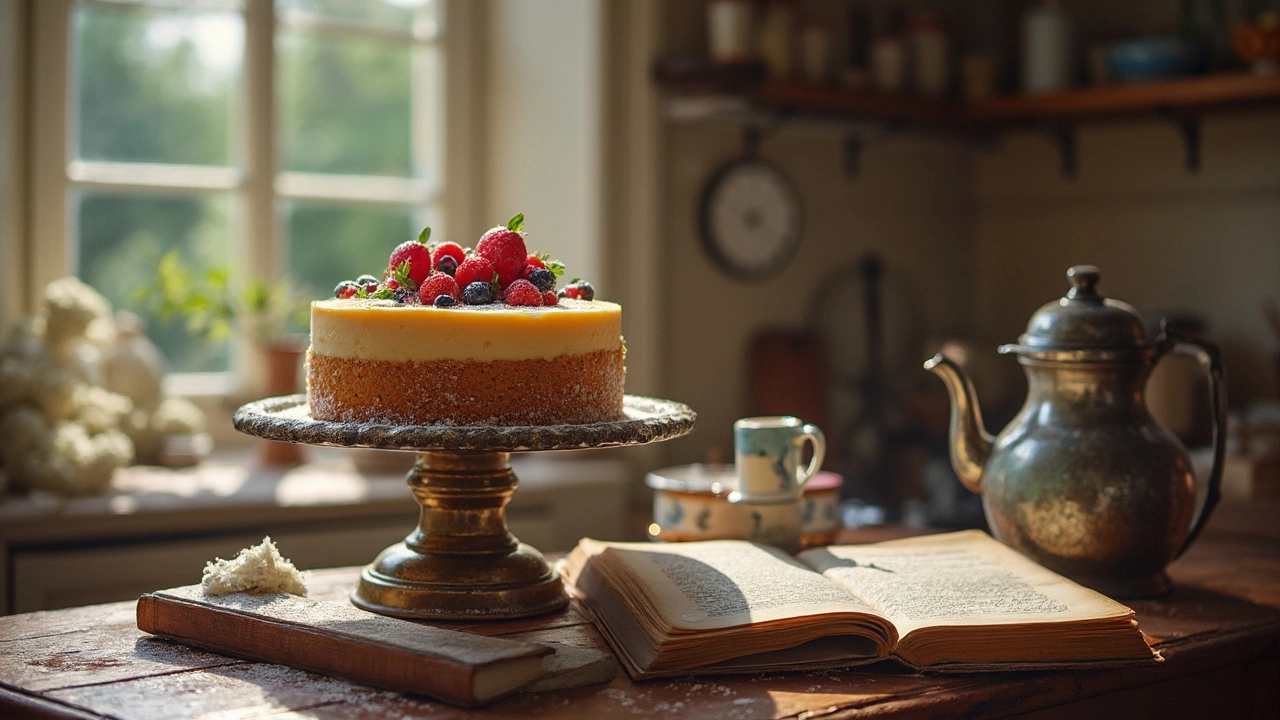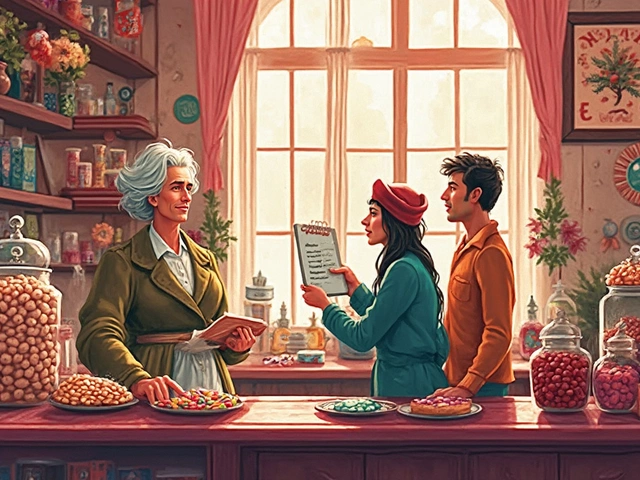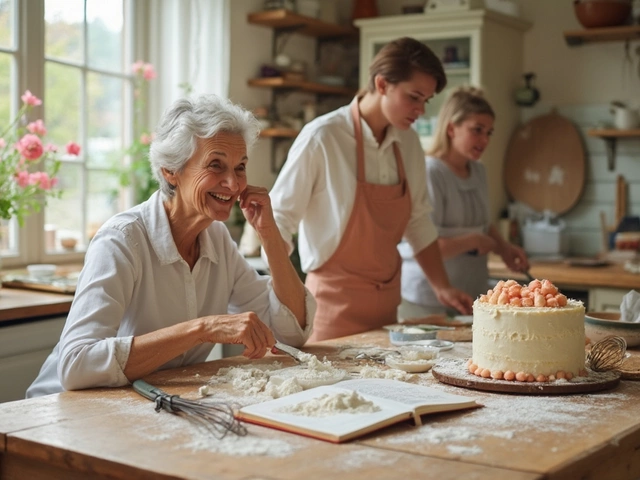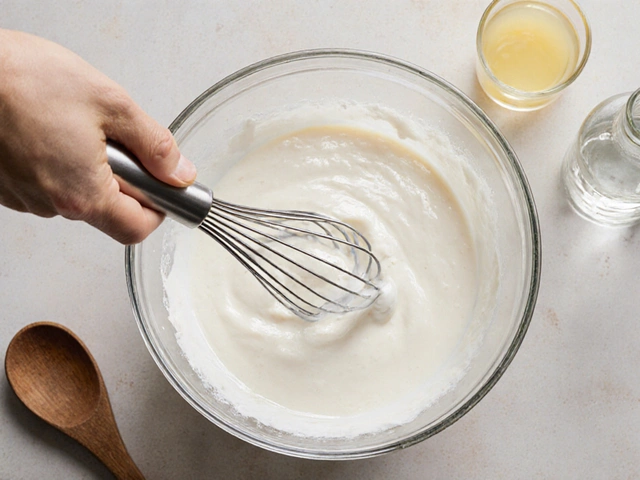Classic Cheesecake: The Ultimate Simple Guide
Want a cheesecake that looks bakery‑ready but doesn’t require a culinary degree? You’re in the right place. Below you’ll find the core ingredients, the best baking method, and a handful of tricks that keep the texture silky and the flavor spot‑on.
What Makes a Classic Cheesecake?
A classic cheesecake is essentially three things: a buttery crust, a rich cream cheese filling, and a subtle tang from sour cream or lemon. The crust is usually crushed biscuits mixed with melted butter—think digestive or graham crackers. The filling stays smooth because you never over‑mix it; you want the air to stay in, not the gluten.
Temperature matters, too. Most bakers use a water bath (or “bain‑marie”) to keep the oven’s heat gentle. This prevents cracks and gives the cake that even, matte finish we all love. If you skip the water bath, you might end up with those unsightly lines on the top.
Step‑by‑Step Basics & Handy Tips
1. Prep the crust. Blend 200 g of biscuits with 100 g melted butter until it feels like wet sand. Press the mix firmly into the bottom of a springform pan. Chill for 10 minutes so it sets.
2. Mix the filling. Beat 600 g softened cream cheese until smooth. Add 150 g sugar, 3 large eggs, and a splash of vanilla. For extra tang, swirl in 200 g sour cream or a tablespoon of lemon juice. Stop mixing once everything is just combined—over‑mixing cooks the protein and can make the cake dense.
3. Bake with care. Place the pan on a larger tray filled with hot water. Bake at 160 °C (320 °F) for about 45‑50 minutes. The center should still wobble a bit; it will firm up as it cools.
4. Cool slowly. Turn the oven off, crack the door open, and let the cheesecake sit for 1 hour. Then refrigerate at least 4 hours, preferably overnight. This slow cooldown is the secret to a crack‑free surface.
Need more depth? Check out our post “What Makes Cheesecake Taste So Good?” for a science‑backed look at why the creamy texture works so well.
If you’re short on time, you can skip the water bath and wrap the pan in foil before baking. It won’t be as perfect, but it still tastes great—especially when topped with fresh berries or a drizzle of caramel.
When you slice, run a thin knife through hot water, wipe it clean, and glide it through the cake. This gives clean cuts without dragging the creamy filling.
Storing is simple: keep the cheesecake covered in the fridge for up to five days. For longer life, wrap it tightly in plastic and freeze for up to two months. Thaw overnight in the fridge before serving.
Remember, the best cheesecake isn’t about fancy ingredients; it’s about technique. Follow these steps, stay patient, and you’ll have a dessert that impresses friends, family, or anyone who asks for a slice.
Ready to try? Grab your springform pan, line up the ingredients, and start mixing. In a few hours you’ll have a classic cheesecake that’s creamy, smooth, and totally worth the effort.






